A bit of history
Functional design flourished in the middle of the 20th century. It was at this time that all designers, architects and other specialists set their main task to create the most comfortable and thoughtful space for living.
Unfortunately, functionalism quickly collapsed, because the houses with empty walls and minimalist furniture seemed uncomfortable to residents. But today, adding a little comfort to the interior in the style of functionalism, you get an excellent space.
In the photo, functionalism in the interior of the living room
The main principles of functionalism
Functionalism in design has one main goal: practicality. This is facilitated by:
- Functional things. Not a single item in the interior can be simply a decorative function, it should be useful.
- Laconic interior. The decoration and furniture in the functionalist style are minimalistic. They are distinguished by a simple form, lack of decorations.
- Unconstrained interior. Achieved by eliminating unnecessary items and parts.
Correct color scheme
The palette is based on light shades, the main of which is considered to be white. Additional colors for the functionalism style: milky, sandy, pearl, smoky. Designers like to complement the interior with colored pastels: pink, blue, lemon, light green.
In the photo there is a spacious kitchen with cabinets up to the ceiling
Bright details also have a place to be. Accents are created by contrasting citrus, indigo, turquoise, herbal, emerald, scarlet.
In the photo, the organization of the working area in the bedroom
What to consider when repairing?
If we talk about surfaces in the interior separately, then the rule applies the lower - the darker. Classic white ceiling, dim walls, dark floor. Floor coverings are most often classic - wood or its imitation, dark tiles.
The ceiling is usually simply painted or stretched. Wallpaper and paint are used in the decoration of the walls. The coating is not always monochromatic; geometry or abstraction is suitable as a print.
In interiors in the style of functionalism, textures are often used: concrete, brick, glass, mirror, wood, stone, leather, fabric.
If zoning is required, they resort to one of two options:
- Visual. The zone is distinguished with the help of finishing - bright color of the walls, print, texture.
- Physical. A partition is being erected, furniture is being installed.
The photo shows a functional kitchen interior
What kind of furniture should be?
A functional interior needs practical furniture. Often, the same item performs several functions: a sofa bed, a screen rack.
Like all other elements of the style, the furniture is distinguished by its minimalistic laconic design, clear forms, straight lines, streamlining. It is unpretentious in maintenance, therefore, upholstered furniture is often upholstered from fabrics with easy cleaning. And the case is made from laminated panels.
Another important requirement is mobility.It is provided by wheels on shelves or tables, or by low weight - for example, frameless armchairs or sofas, thanks to the reduced weight, they move easily.
We select the right decor and lighting
Functionalism does not tolerate excesses, so jewelry should be discreet. It is ideal if, in addition to the decorative function, they also perform a useful one. For example, a colored pillow that is comfortable to lie on. Or curtains that protect from the scorching sun.
Suitable textiles are solid colors or geometric patterns. Flowers and ornaments are not acceptable. Pillows, bedspreads, rugs, sliding curtains or blinds will add coziness to any room that functionalism lacks.
Other admissible decorative elements:
- indoor plants in laconic pots;
- wall clocks, small alarm clocks;
- mirrors with or without frames;
- photographs, pictures.
The photo shows the functional interior of the studio
A great option for combining beauty and functionality: lamps. Lamps of unusual design will not only decorate the interior, but also fulfill their main function: lighting.
There should be a lot of light in the interior, for this, carefully think over the illumination of each zone:
- ceiling central chandeliers;
- table lamps;
- floor lamps;
- LED strip in the work area;
- illuminated mirrors.
Interior design nuances for each room
The most functional room in every house is the kitchen. This requires a design that makes cooking easy and convenient. For this, the layout, dimensions and content of built-in wardrobes, their number are carefully thought out. The furniture is arranged according to the rule of the working triangle, while taking into account further storage in each zone - at the sink, detergents and a dish cabinet, at the stove of spices and cereals, in the working area - knives and boards.
The main task of the living room is to comfortably accommodate all family members and guests. The large modern modular sofa can be used for both watching TV and sitting at a table. And the fold-out design provides additional sleeping space.
In the bedroom, you need to create an environment conducive to recuperation. To do this, be sure to think over dim lighting, choose a comfortable bed with a mattress. Perhaps it is worth considering the implementation of other tasks: storing clothes, evening reading, applying makeup.
Photo gallery
Before decorating any room, consider the functions of the interior. And already starting from them, select suitable furniture and develop a planning project


 10 practical tips for arranging a small kitchen in the country
10 practical tips for arranging a small kitchen in the country
 12 simple ideas for a small garden that will make it visually spacious
12 simple ideas for a small garden that will make it visually spacious
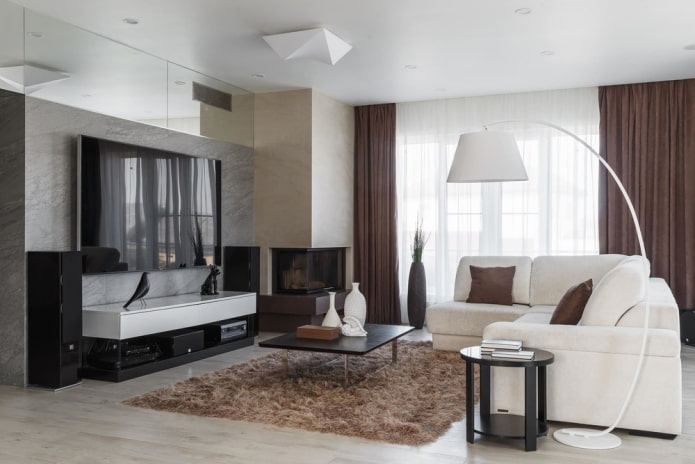
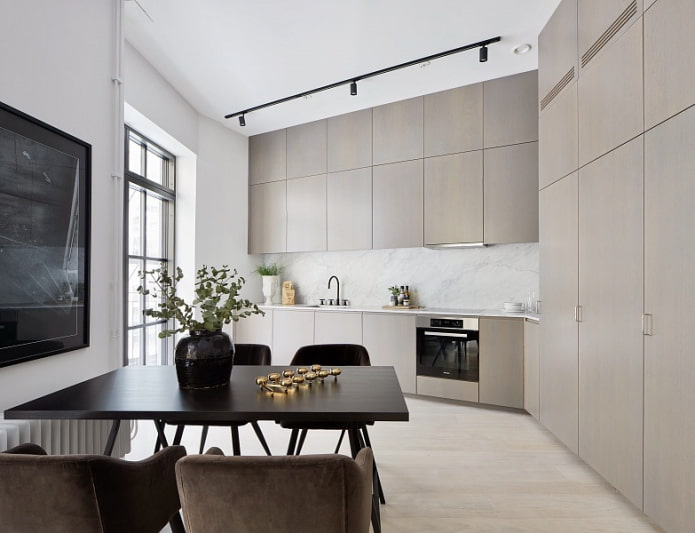
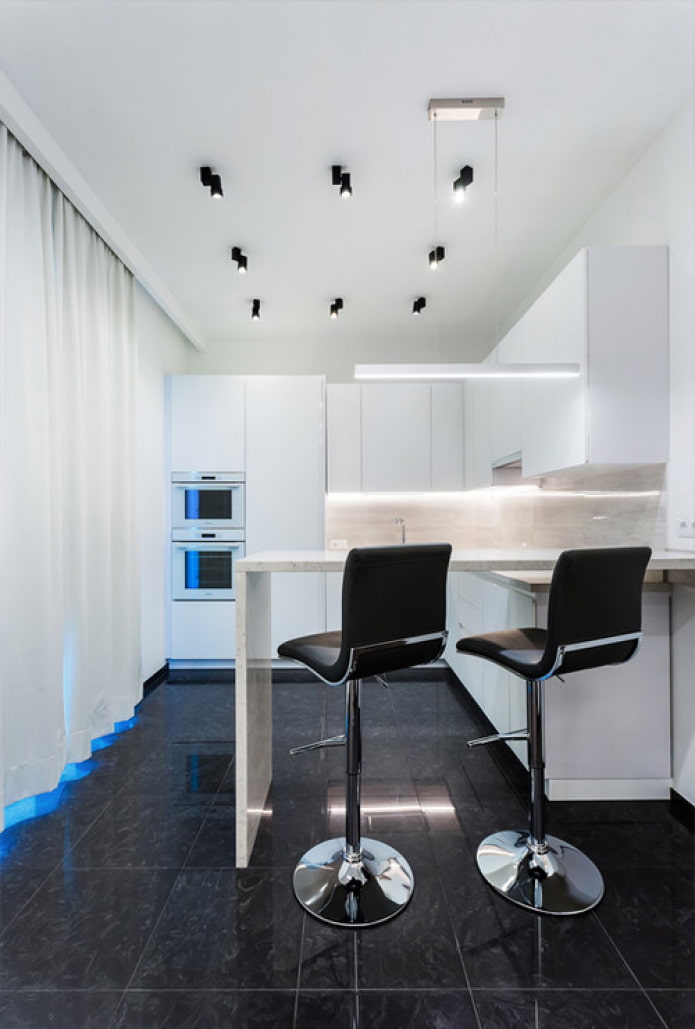

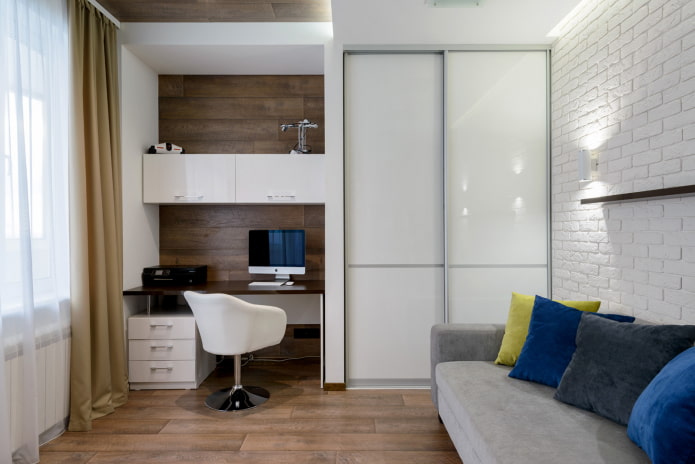
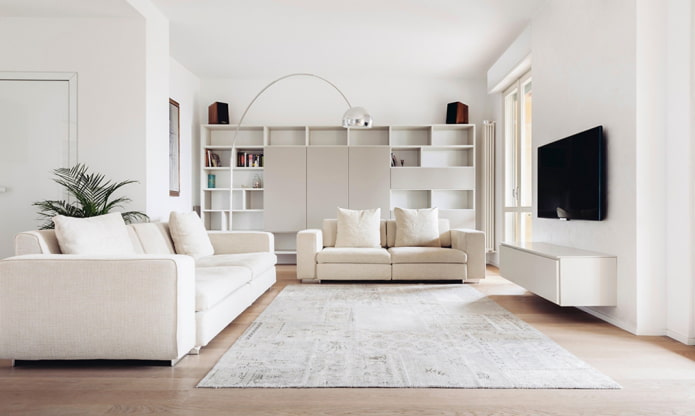
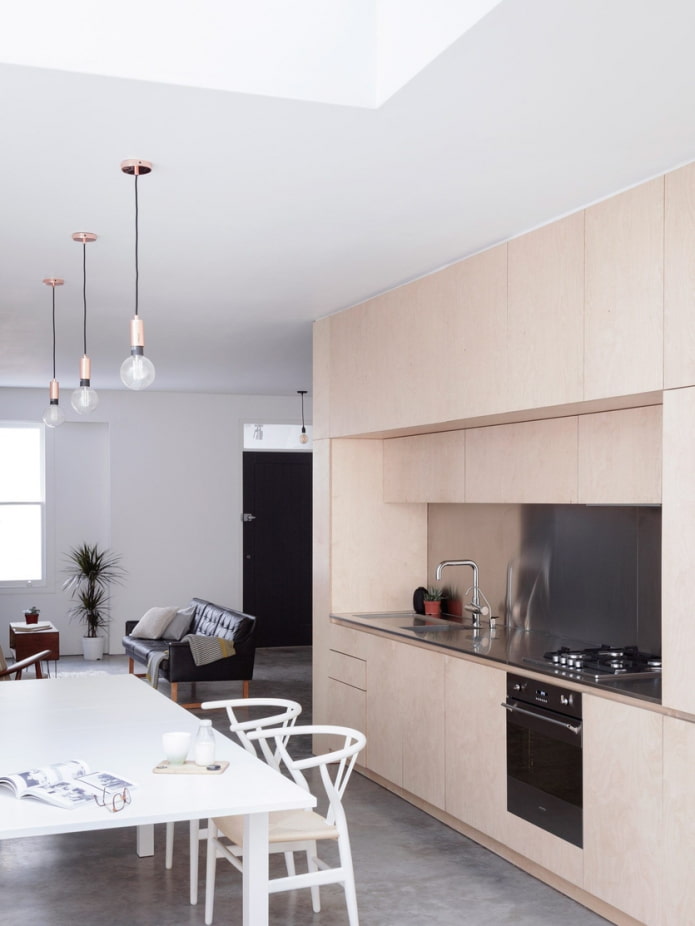
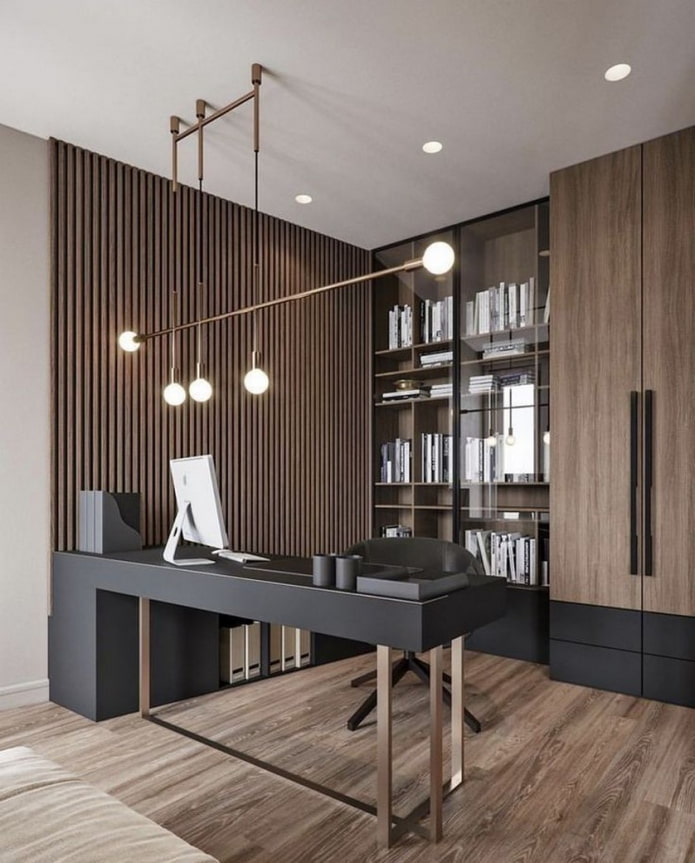
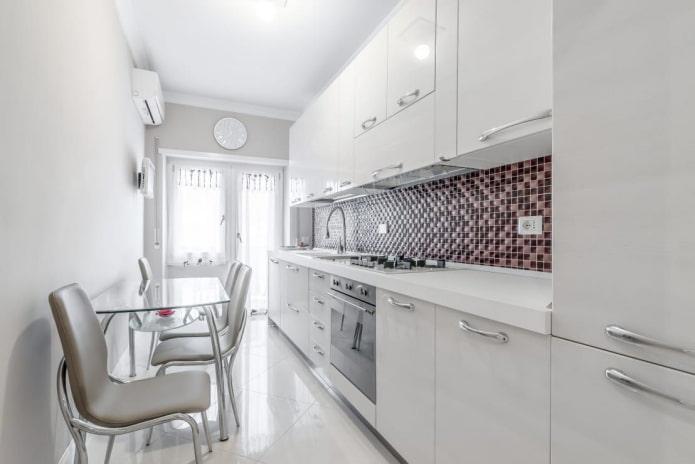
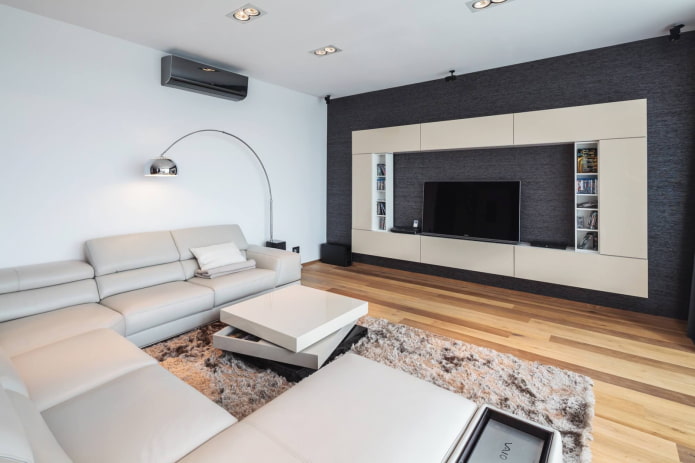

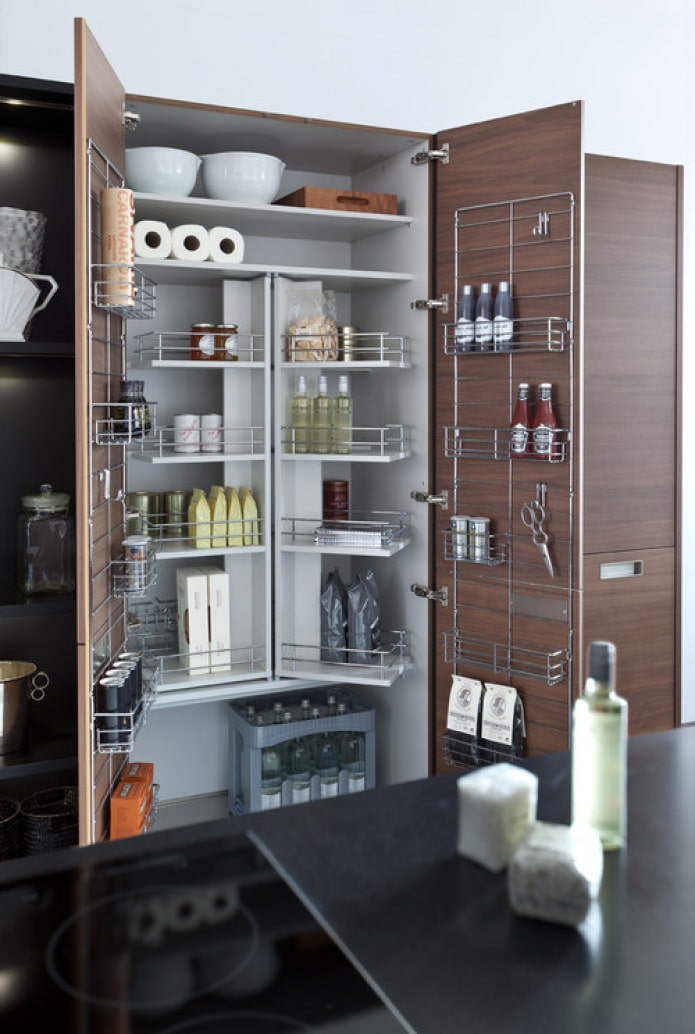
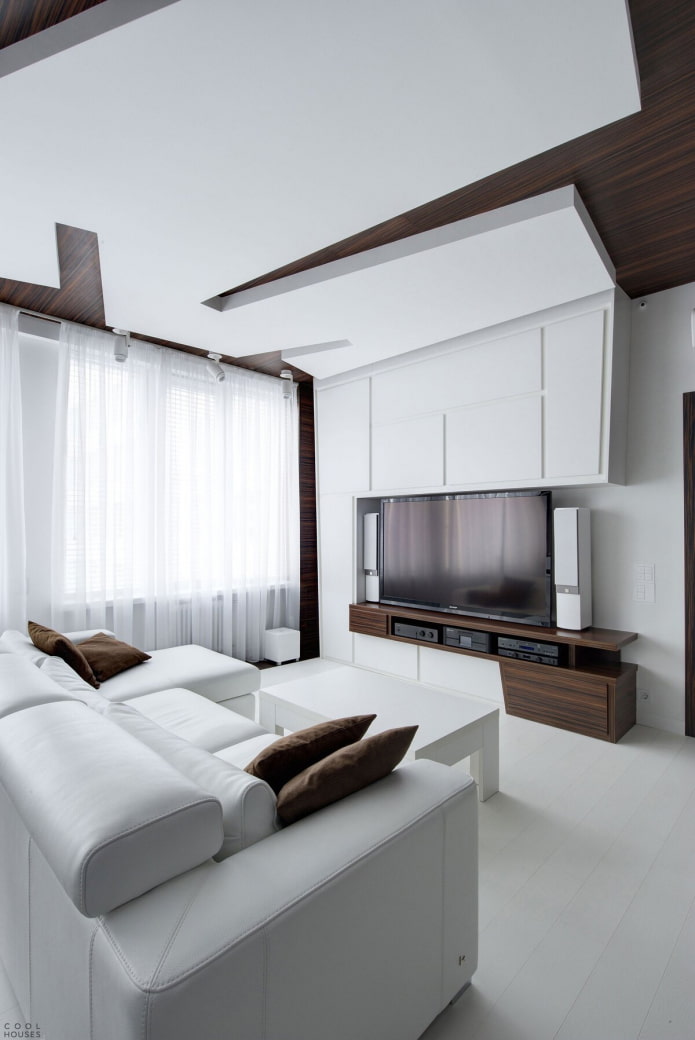
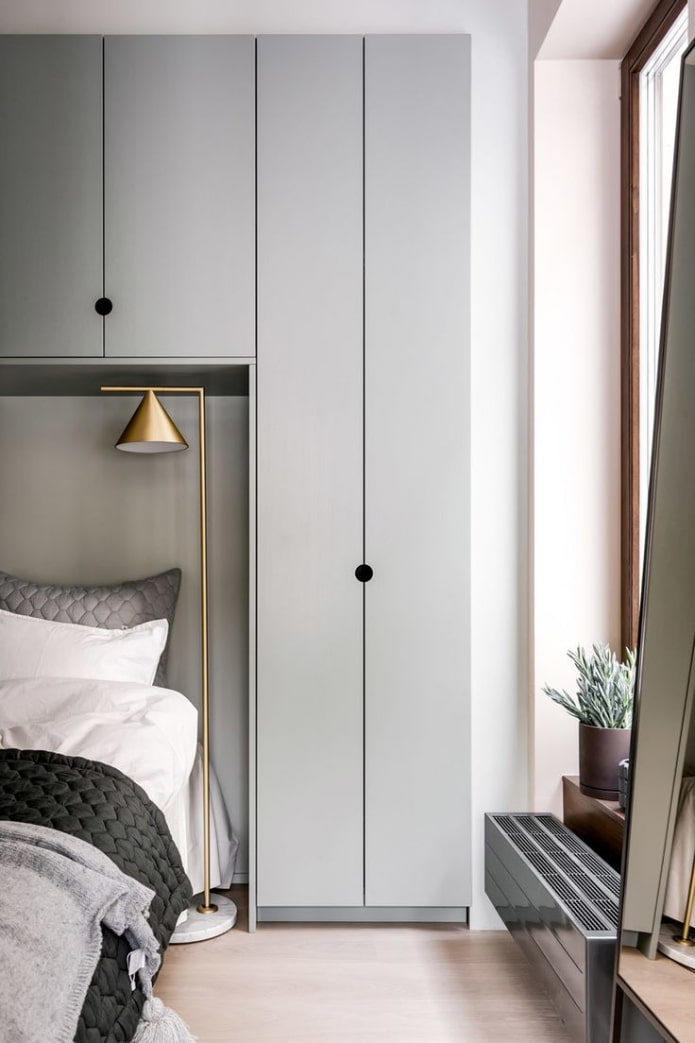
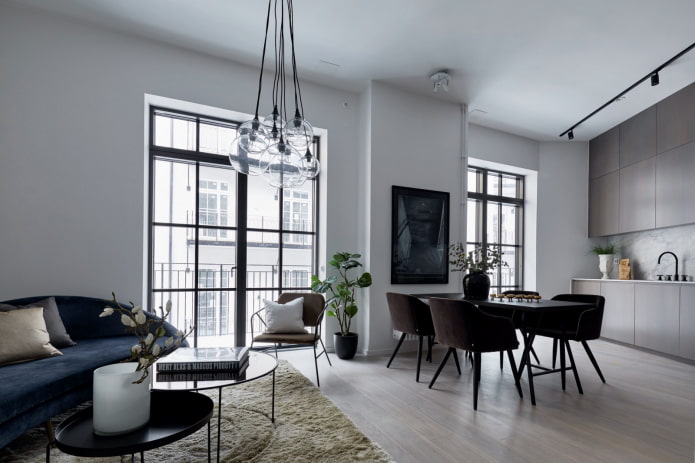
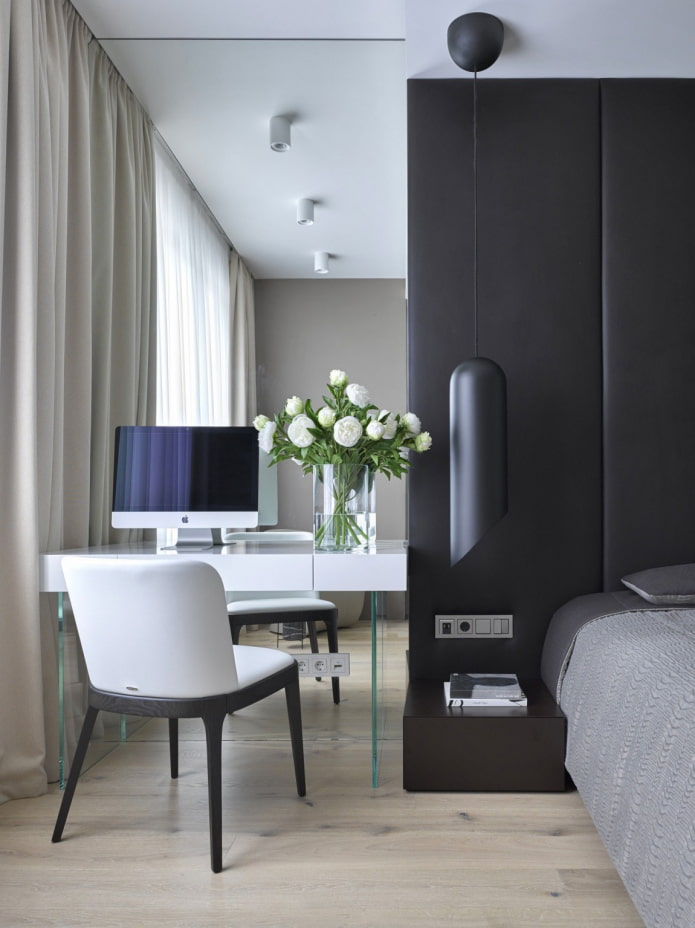
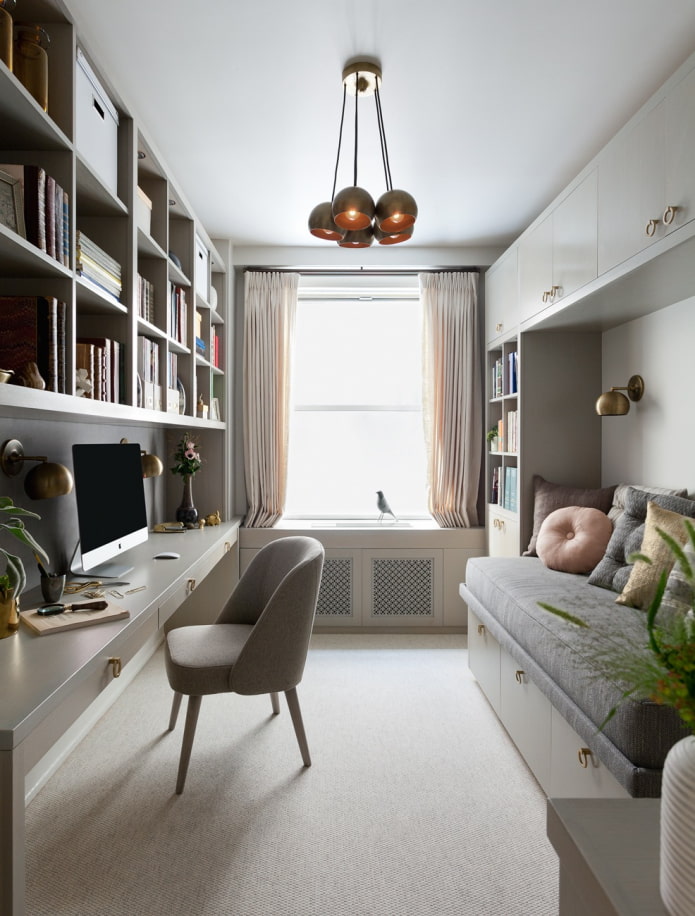
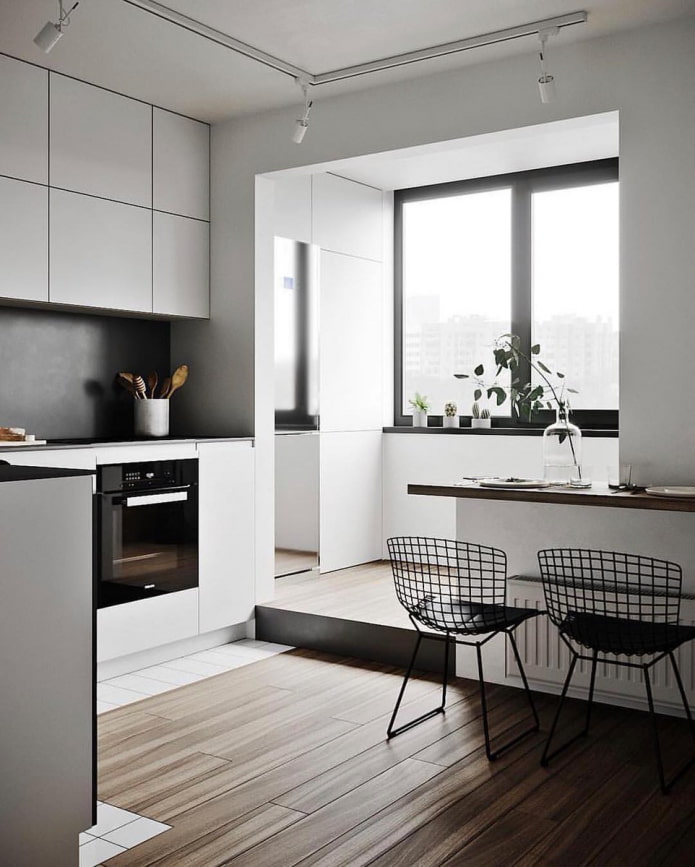
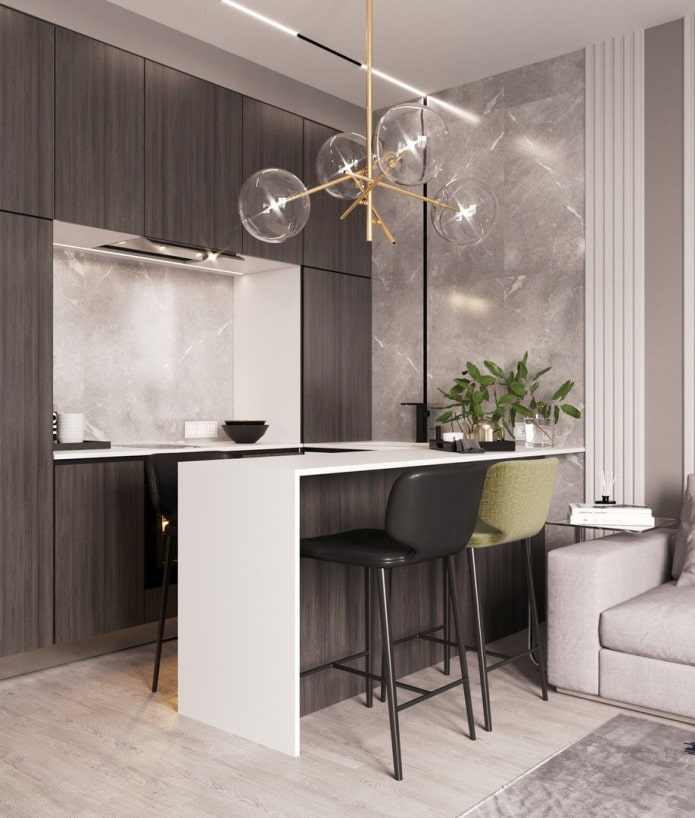
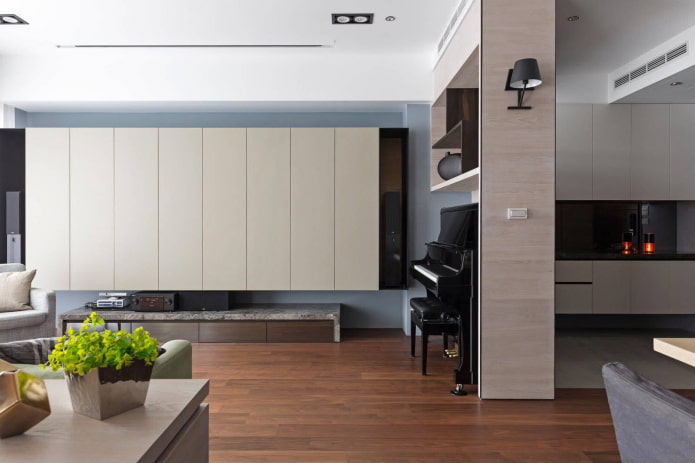
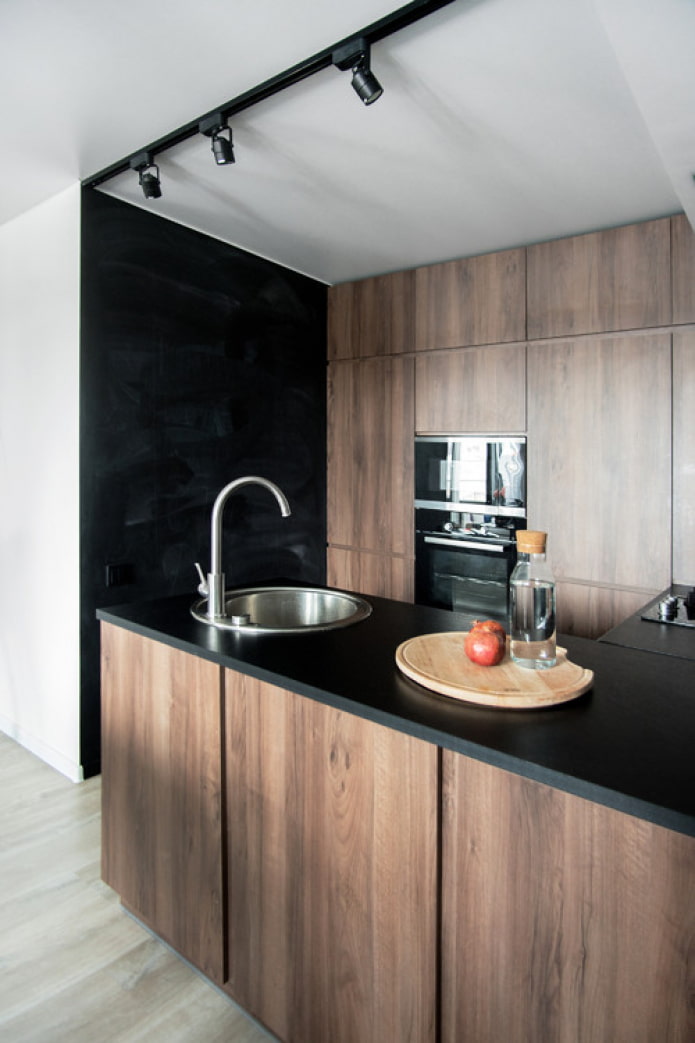
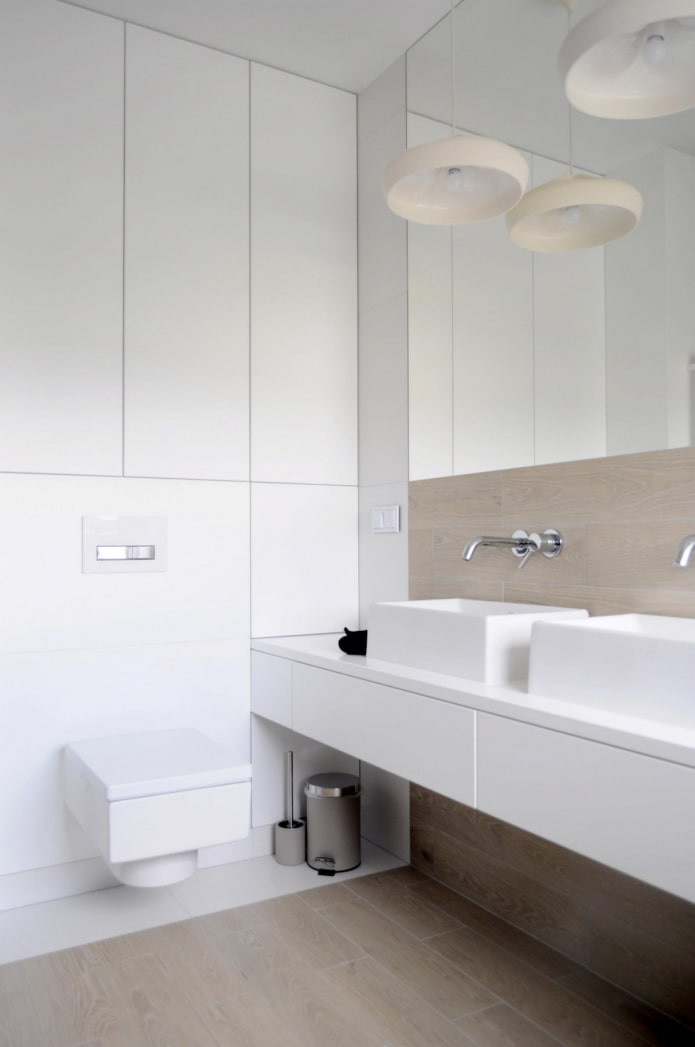
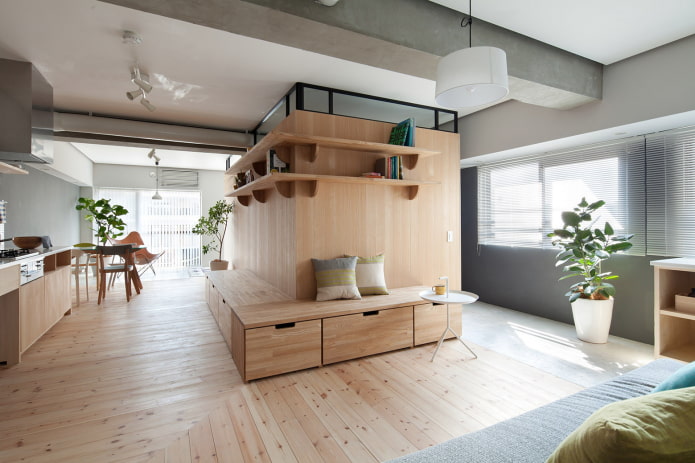

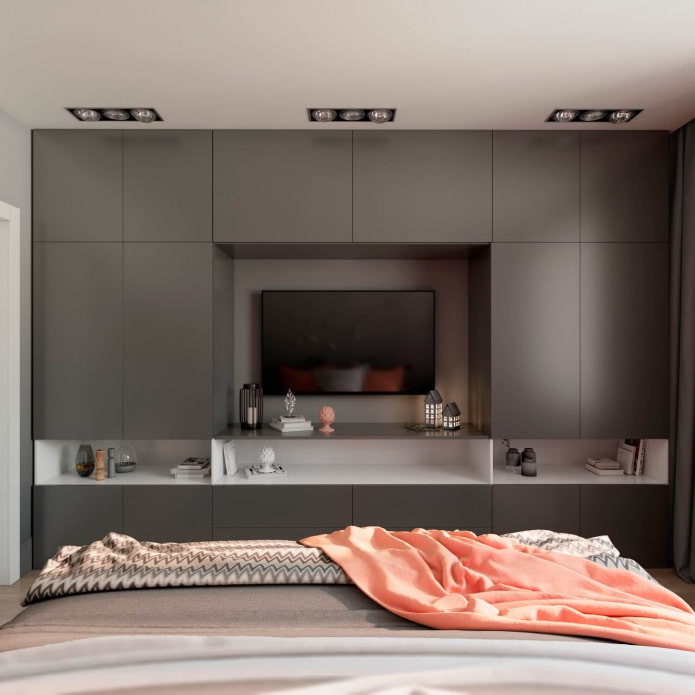
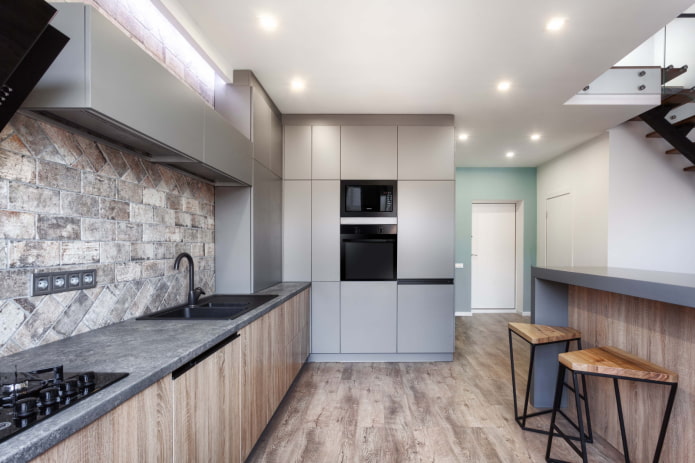
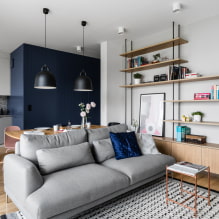
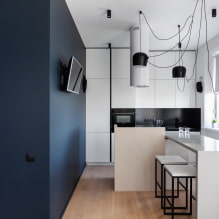

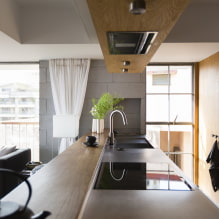
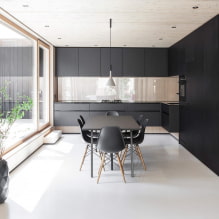
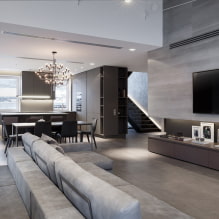
 13 bad habits a good housewife shouldn't have
13 bad habits a good housewife shouldn't have 24/7 home cleanliness - 4 secrets for the perfect housewife
24/7 home cleanliness - 4 secrets for the perfect housewife 6 hotels in Sochi that will give odds to the promoted foreign hotels
6 hotels in Sochi that will give odds to the promoted foreign hotels Top 10 interior design trends 2020
Top 10 interior design trends 2020 Rating of cheap TVs with Smart-TV
Rating of cheap TVs with Smart-TV New Year's LED garlands on AliExpress - we disassemble while it's hot, so that it's bright at home
New Year's LED garlands on AliExpress - we disassemble while it's hot, so that it's bright at home